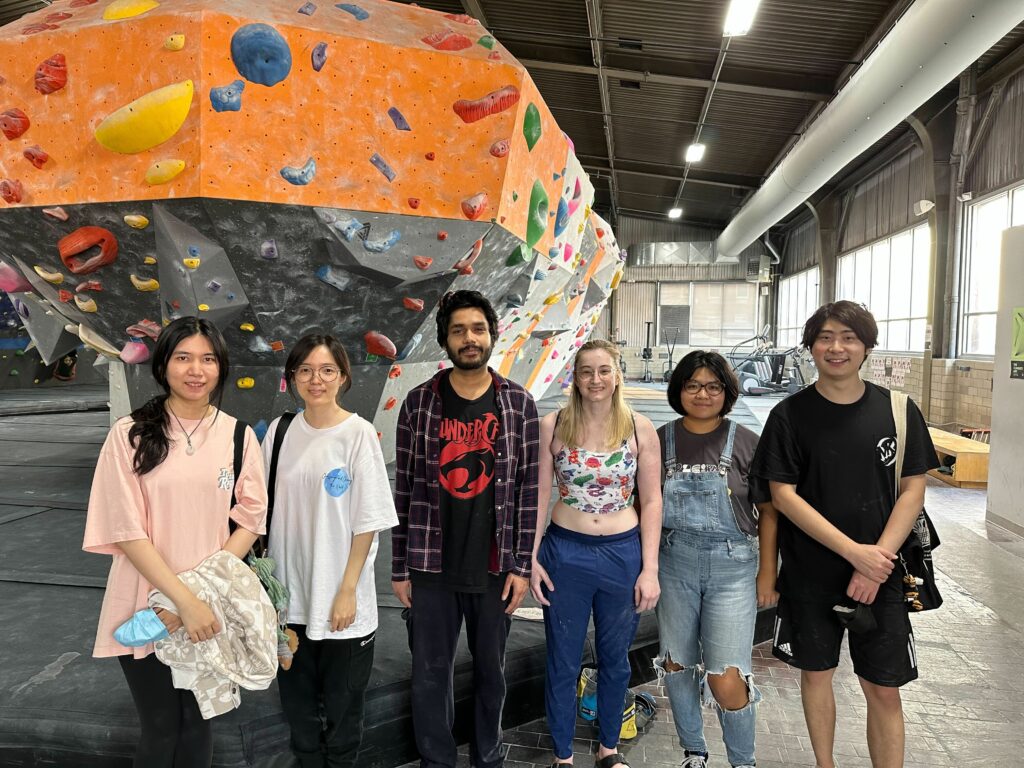Over the weekend, we got together for some team bonding at ASCEND, a rock climbing gym in Southside, and Double Wide Grill. We had a blast relaxing and sharing a meal together.

On Monday (while still sore from the climbing) we had our weekly instructor meeting where we discussed creating an asset list and the potential to add some starter scenes for students to choose from. Dave also recommended we start trying to line up a playtest at a high school and reach out to Stone Librande about the challenges with branching narrative tools that he had while working on Spore Galactic Adventures.
After our instructor meeting, we met with Tom Corbett who had recently worked on a game with branching narrative. He gave us a good idea of possible pitfalls our users might encounter when making their own narratives.
By the end of the week, a lot of progress had been made towards completing the asset and inventory and placement feature. Rohit developed a prototype where students can claim plots that only they can edit. Within their own plots, students can drag, drop, rotate, and delete assets. This plot system acts as a virtual classroom for students, where everybody can display their narrative experiences without infringing upon each other’s work. It also allows teachers to make sharing of the world more exclusive to the classroom setting as they can potentially create groups to moderate who has access to the world. We were then able to show this feature off to our client, who showed excitement towards our progress and the potential use of our tool for museums or specific IP.
Anlan and Lyn began working on modeling and texturing assets for this feature as well as continuing to iterate on our poster and half-sheet designs.

Chenguang continued his research on the narrative node capabilities of Roblox Studio and compiled our feature goals into a brief design doc.
Xiao created a first person narrative for us to demo in our Roblox Studio build. This particular narrative is from a factory manager’s assistant during the Homestead Strike.
To round out the team, Gillian began building the website, organizing playtests, and filling out paperwork for team bonding. Gillian also started looking at whether Roblox could provide the team with some in-game currency to buy features that would make testing easier.
